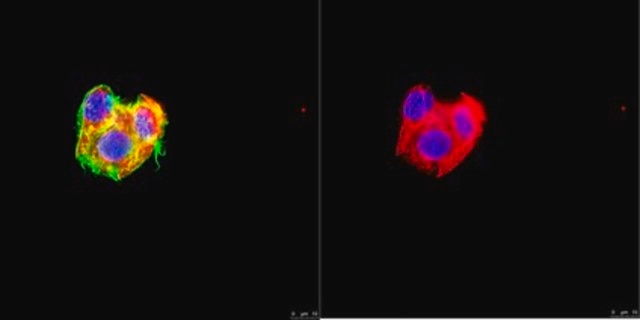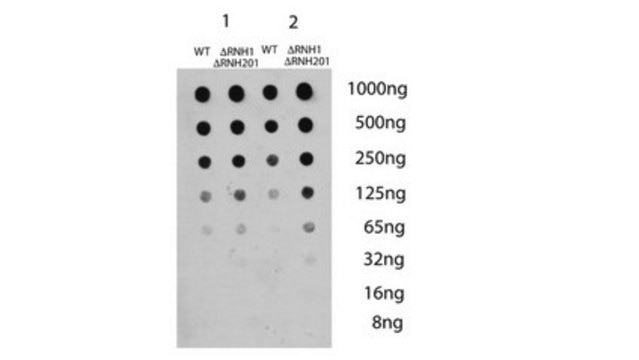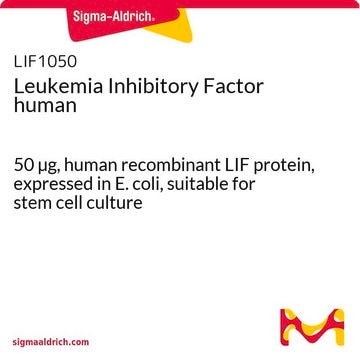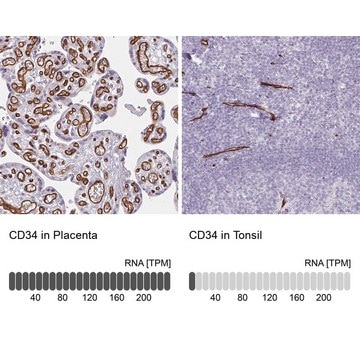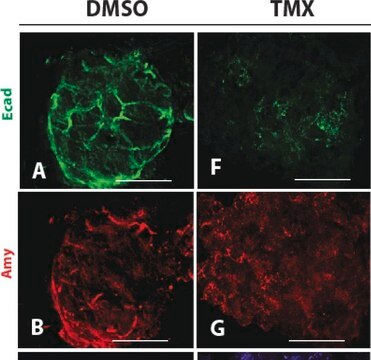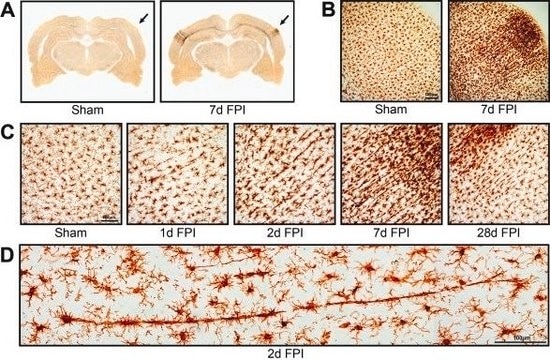MABT913
Anti-Cytokeratin 19 Antibody, clone TROMA-3
clone TROMA-3, from rat
Synonym(s):
Keratin, type I cytoskeletal 19, CK-19, Keratin-19, K19
About This Item
Recommended Products
biological source
rat
Quality Level
antibody form
purified immunoglobulin
antibody product type
primary antibodies
clone
TROMA-3, monoclonal
species reactivity
mouse, human
packaging
antibody small pack of 25 μg
technique(s)
electron microscopy: suitable
immunofluorescence: suitable
immunohistochemistry: suitable (paraffin)
immunoprecipitation (IP): suitable
western blot: suitable
isotype
IgG2aκ
NCBI accession no.
UniProt accession no.
shipped in
ambient
target post-translational modification
unmodified
Gene Information
human ... KRT19(3880)
mouse ... Krt19(16669)
Related Categories
General description
Specificity
Immunogen
Application
Western Blotting Analysis: A representative lot detected Cytokeratin 19 in Western Blotting applications (Boller, K., et. al. (1987). Eur J Cell Biol. 43(3):459-68).
Electron Microscopy Analysis: A representative lot detected Cytokeratin 19 in Electron Microscopy applications (Boller, K., et. al. (1987). Eur J Cell Biol. 43(3):459-68).
Immunofluorescence Analysis: A representative lot detected Cytokeratin 19 in Immunofluorescence applications (Boller, K., et. al. (1987). Eur J Cell Biol. 43(3):459-68).
Immunohistochemistry Analysis: A representative lot detected Cytokeratin 19 in Immunohistochemistry applications (Takase, H.M., et. al. (2013). Genes Dev. 27(2):169-81).
Immunoprecipitation Analysis: A representative lot detected Cytokeratin 19 in Immunoprecipitation applications (Ichinose, Y., et. al. (1990). Biochem Biophys Res Commun. 167(2):644-7).
Quality
Western Blotting Analysis: 0.5 µg/mL of this antibody detected Cytokeratin 19 in 10 µg of MCF-7 cell lysate.
Target description
Physical form
Other Notes
Not finding the right product?
Try our Product Selector Tool.
wgk_germany
WGK 1
Certificates of Analysis (COA)
Search for Certificates of Analysis (COA) by entering the products Lot/Batch Number. Lot and Batch Numbers can be found on a product’s label following the words ‘Lot’ or ‘Batch’.
Already Own This Product?
Find documentation for the products that you have recently purchased in the Document Library.
Our team of scientists has experience in all areas of research including Life Science, Material Science, Chemical Synthesis, Chromatography, Analytical and many others.
Contact Technical Service